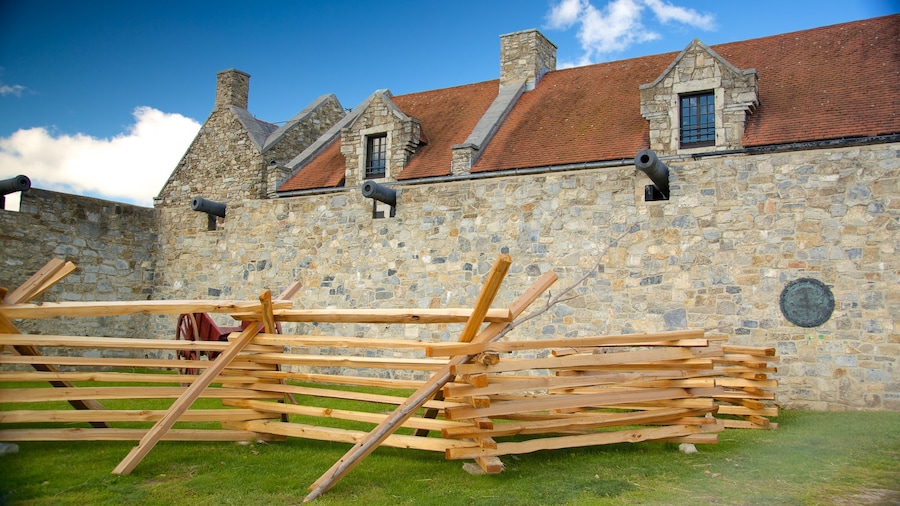Ticonderoga’s name is derived from the old Mohawk term meaning “at the junction of two waterways.” The town sits in the heart of the Adirondacks between Lake George and Lake Champlain. This strategic location made Ticonderoga a hotbed of military activity during America’s early days.
Ticonderoga’s history comes to life at Fort Ticonderoga. The star-shaped stronghold was built by the French and later occupied by British and then American troops. It was caught up in the action of two wars and five battles. Tours and exhibits demonstrate the fort’s instrumental role in the French and Indian War and the Revolutionary War. Watch a live military tattoo, wander the gardens and attend a historical seminar.
Ticonderoga is perfectly situated for a day on the water. Lake George and Lake Champlain offer numerous fishing and boating opportunities. At the northern end of Lake George is Black Point Public Beach, known in particular for its spectacular views of Rogers Rock. Play a game of beach volleyball, roll out a picnic spread and take a dip in the waters. Connecting the two lakes is La Chute River. Hike along the LaChute River Walk and enjoy its beautiful scenery.
You might recognize the name Ticonderoga from yellow lead pencils. The town is home to masses of graphite ore, which was mined by the American Graphite Company and used to make the classic Dixon-Ticonderoga pencil. Learn all about this history at the Ticonderoga Heritage Museum. The cultural attraction also focuses on the town’s once-thriving paper mill as well as its other industries.
The best way to get to Ticonderoga is by car. Public transportation isn’t available in most Adirondack towns, so a vehicle is essential to visit the historic and natural attractions of this New York town. Be sure to fill up on gas, because service stations are few and far between. There is also a daily train that runs south to New York City and north to Montreal.











